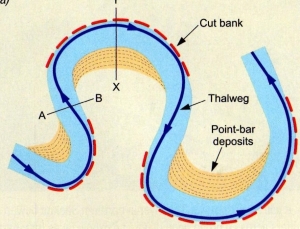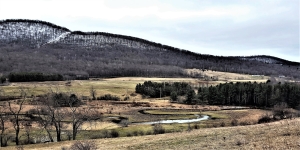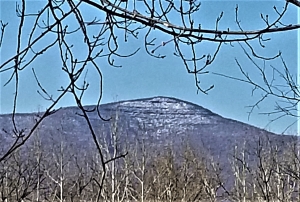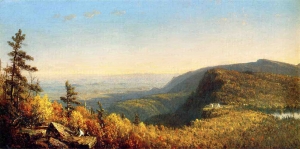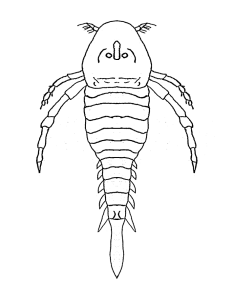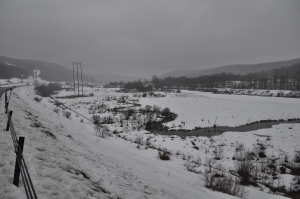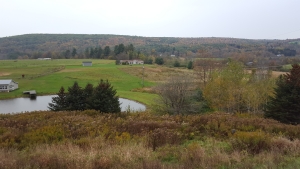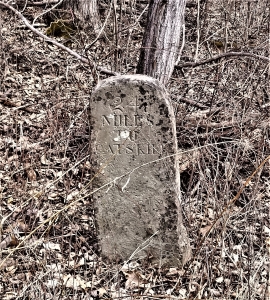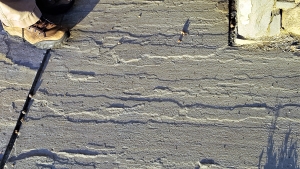Thomas Cole at Catskill Creek 3-7-24
Thomas Cole at Catskill Creek
The Catskill Geologists; The Mountain Eagle; April 12, 2019
Robert and Johanna Titus
We have been longtime members of Cedar Grove, the Thomas Cole Historical Site. They preserve the home of Thomas Cole, the man who is widely regarded as being the founder of the Hudson River School of Art, America’s first widely recognized school of art. Cedar Grove has also become a center for the scholarly and academic study of this art. Every summer Cedar Grove sponsors an exhibit of paintings done by artists of that “School.” This year’s exhibit (2019) will display a series of paintings done by Cole along Catskill Creek, just west of his home. Cole would pack up his sketch pad and pencils and make the short hike to what is today called Snake Road in Jefferson Heights, just a bit west of the Village of Catskill. He would sketch the view there and turn that sketch into a painting. He did the view at different times of the day and different times of the year. Much of his art is influenced by something artists call “luminism.” That style of painting allows an artist to experiment with the lighting. Where is the sun placed? Where is the sunlight highlighted? Where are the shadows? How much contrast is there and how bright are the colors? You get the idea; luminism is landscape art which is largely about color and light. It requires real skill and Thomas Cole had that. This summer’s exhibit has been curated by Dr. Daniel Peck, professor emeritus at Vassar College. The exhibit is coordinated with the recent release of his new book on those paintings. We know Dr. Peck and did a little geological advising on his research, so we are thrilled to see all this.
Like just about anyone else, we admire Cole for his artistic skills but, naturally, as geologists, we see things that most others don’t. Let’s talk about that today. Take look at our picture. It is one of about a dozen that will be in the exhibit. It displays a view of Catskill Creek sometime in the middle of the day, during high summer. There is, of course, a rich dark green foliage. In the distance is the Wall of Manitou, the Catskill Front. Two women sit on the slope above the river, probably enjoying the view. There is little, if any, evidence of human commercial or industrial activities. This painting was done before a railroad line was built in this location. That would show up in later Cole paintings.
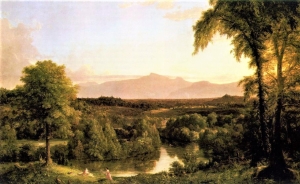
The geology is in the river itself. Catskill Creek rounds a large sinuous bend as it flows right to left, which is west to east. Geologist call this sort of thing a river meander. We have explored the area and we do not think that this is a recent landscape feature. We noticed that the river has cut about ten feet down into the “floodplain.” That’s called an incised stream. That means this river meander formed in ancient times. Then the landscape was uplifted, we think about ten feet, and the meandering stream eroded downward the same amount. It restored its old level. Hence the incised meander. There is more to the story; we will pursue this in a later column.
Well, today’s column has been a mixture of geology and landscape art, but you can see how closely they are related. It was a geological history that created the landscape that Thomas Cole painted so well.
Contact the authors at randjtitus@prodigy.net. Join their facebook page “The Catskill Geologist.”


